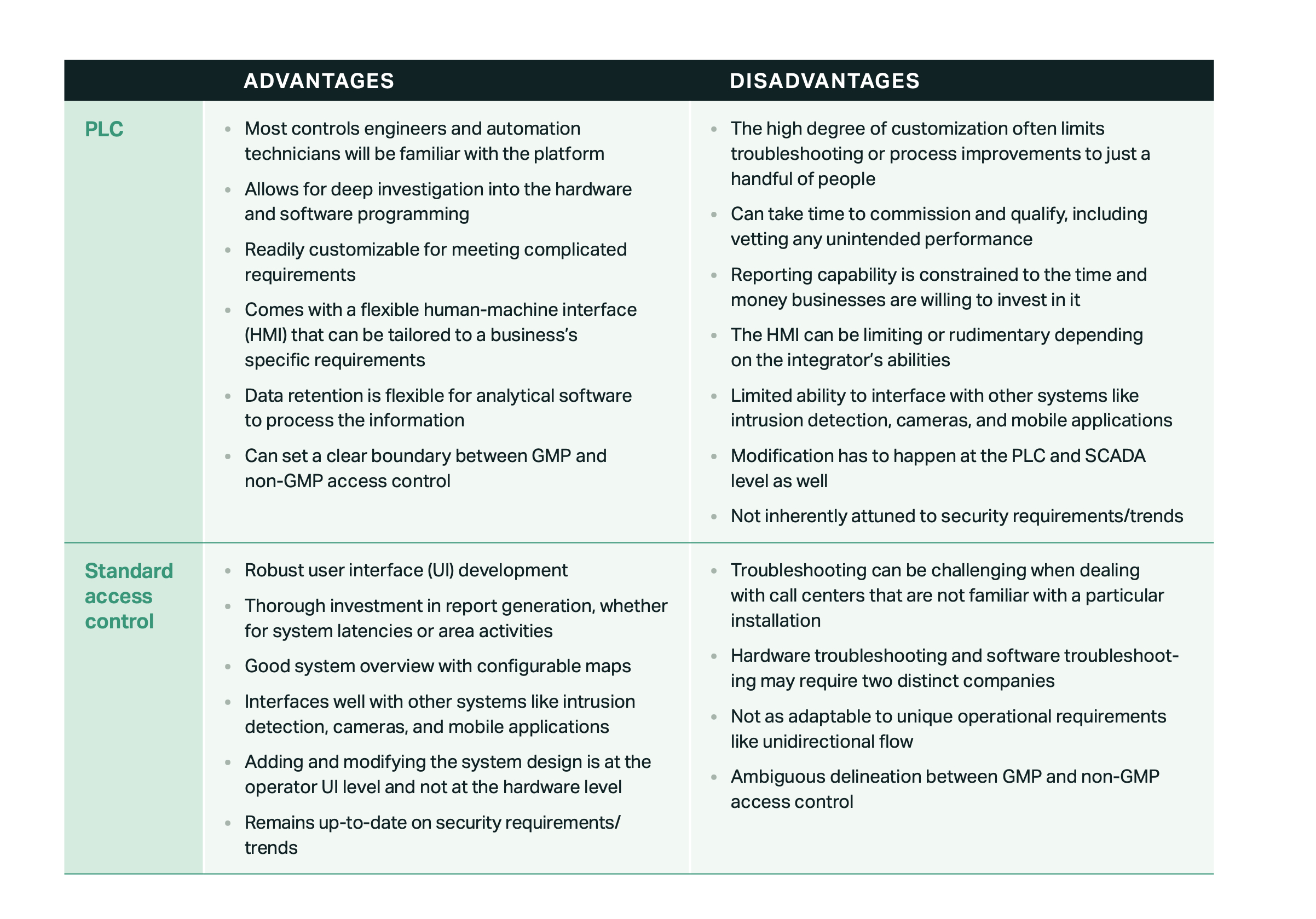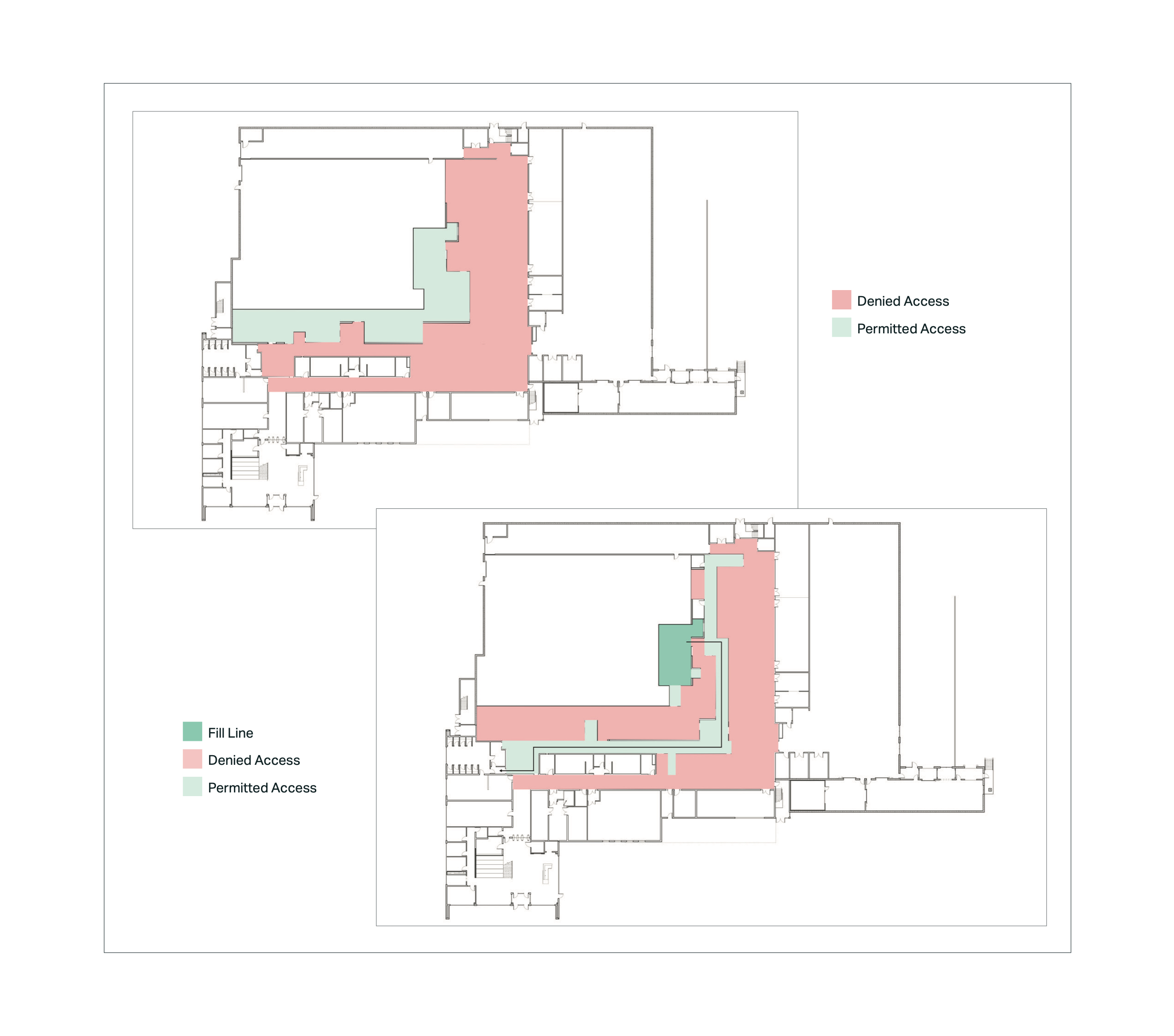With aseptic fill/finish manufacturing representing a major bottleneck for the pharmaceutical industry, facility design measures that minimise contamination risks and enhance operational efficiency are essential to bring drugs to patients faster.
Aseptic fill/finish manufacturing is a critical, late-stage step in the process of preparing injectable drugs, including vaccines and biological therapeutics. However, capacity constraints, regulatory issues, and high rejection rates mean that it often incurs lengthy delays, which can prevent urgently needed drugs from reaching patients.
One way of expediting aseptic fill/finish manufacturing is to implement measures that ensure a unidirectional flow of personnel and materials through the facility. Not only does unidirectional flow minimise the risk of contamination, which is essential for Annex 1 compliance, but it also serves to improve process efficiencies and facilitate product release.
One way of streamlining is to ensure a unidirectional flow of personnel and materials through the facility
A main challenge for implementing unidirectional flow engineering control is the lack of an off-the-shelf access control solution that meets this unique performance requirement. Those engaged in aseptic fill/finish manufacturing must typically decide between a standard security software solution or a programmable logic-controller (PLC)-based system, each offering distinct advantages and disadvantages.
More recently, an innovative approach to access control has been developed that combines the best of both solutions. Specifically, by pairing standard access control with a custom plugin, it has been possible to achieve faster deployment and better meet the exacting needs of aseptic fill/finish manufacturing.
Critical importance of access control for aseptic fill/finish manufacturing
Access control is a fundamental security concept for minimising risk to a business. It encompasses who is allowed to enter a facility, which assets they can handle, and which systems they are permitted to use. In addition, access control allows for keeping track of essential visitors, such as auditors or engineers.
Access control is crucial for preventing contamination of high-value biologic therapeutics
Within aseptic fill/finish manufacturing, access control is crucial for preventing contamination of high-value biologic therapeutics. In this setting, an established approach to access control involves issuing personnel with badges that prevent them from entering certain spaces, as are defined in a central software system. However, the effectiveness of this strategy hinges on the layout of the premises, which may have originally been built to fulfil a different purpose.
Notably, a facility that is built from the ground up allows for incorporating unidirectional flow into the overall design, provided the selected contractor has experience in building GMP premises. In this scenario, project management plays a central role in ensuring that both facility construction and equipment planning remain on schedule and within budget.
Standard access control vs. a PLC-based solution
Because there is no off-the-shelf access control solution available to the pharmaceutical sector, organisations that specialise in aseptic fill/finish manufacturing must typically decide between a standard access control system, such as is used within the security industry, and a PLC-based solution.
Factors influencing this decision include how adaptable the system is to unique operational requirements like unidirectional flow, whether it allows for defining a clear boundary between GMP and non-GMP access control, and the ease with which any problems can be resolved, both during initial set-up and when the system is up and running.
When selecting an access control solution, it is important to establish whether it allows for defining a clear boundary between GMP and non-GMP spaces
Advantages of a standard access control system include its provision as a ready-to-use solution that is open to automated firmware checks and software roll-outs. However, the end user must often rely heavily on the software developer for one-off programming that can accommodate specific needs like unidirectional flow and may have to engage with multiple companies to troubleshoot any issues.
In contrast, a PLC-based solution is readily customisable, making it well-suited to support the complicated operations involved in aseptic fill/finish manufacturing. Yet a PLC-based system necessitates considerable up-front development and can be difficult to update, meaning that its capabilities are constrained to the amount of time and money a business is willing to invest in it.

Table 1: Comparison of PLC and standard access control software
Addressing GMP manufacturing requirements
Because access control covers both GMP and non-GMP spaces, ensuring a clear division between the two is essential. However, making that delineation can be challenging when using a standard access control solution, and when working with a vendor who is unfamiliar with GMP requirements. For example, considerable time must be invested in explaining the potential impact if the system inadvertently unlocks the wrong door, causing contamination, and in outlining the various procedures that are in place for evaluating and mitigating risk. Alternatively, two systems – one for GMP application and one for non-GMP application – can be implemented to help separate the processes. However, this approach requires significant time to define the design and operational requirements for each system.
One way of addressing this challenge, particularly if timelines are tight, is to opt for a standard, out-of-the-box security software solution, which can be installed and configured quickly before being adapted to accommodate specific requirements like GMP demarcation. Not only does this eliminate the need for significant up-front development, but it also allows for growth as the security of the facility matures and has a simpler long-term ownership process due to only one set of hardware/software requiring maintenance.
Aseptic fill/finish manufacturing is a critical, late-stage step in the process of preparing injectable drugs
This approach has recently been adopted by Selkirk Pharma, with the implementation of dynamic access control over two phases. Specifically, Phase 1 was initiated by defining GMP and non-GMP spaces within a standard access control software, such that unauthorised personnel were restricted from entering critical areas, while Phase 2 introduced unidirectional flow with a custom plugin.
Notably, this strategy both shortened the deployment process compared with existing methods and allowed for easier adaptation to the specific needs of the business.

Figure 1: A representative example of the dynamic access control system implemented by Selkirk Pharma. Initially, the individual can enter multiple rooms (upper panel, green), but as soon as they enter the fill room (lower panel, dark green), they lose the access rule that allowed them to enter the previous rooms (access removal) and are instead given access to a new very select set of rooms (access provision).
Key considerations for system selection
When selecting an access control system, project teams must answer multiple questions to identify a solution that is fit for purpose. These include the following:
- What are the material and personnel flows?
- Where is the separation between qualified and non-qualified access control functions?
- What resources and timing are available to deploy an access control solution?
- Are two systems manageable long-term?
- Can the controls engineers/automation techs dedicate time to the access control system as well as the production equipment?
- Can multiple SOPs, drawings, system descriptions, etc. be sufficiently maintained?
- Who is the process owner for each system?
- What vendors can support the facility?
- How mature does the reporting functionality need to be?
- How mature does the user interface have to be?
In addition, if a company decides to implement a holistic system, it may be necessary to confirm whether Good Automated Manufacturing Practice (GAMP) levels differ between the software and the intended function, for example, if a GAMP5 function like unidirectional flow is being used to support a GAMP4 basic access control software.
Conclusion
Implementation of unidirectional flow prevents cross-contamination and is critical for Annex 1 compliance within a multi-product aseptic fill/finish manufacturing facility. Combining a standard security software solution with a custom plugin represents an effective means of ensuring unidirectional flow that offers faster deployment and easier customisation than established methods.
